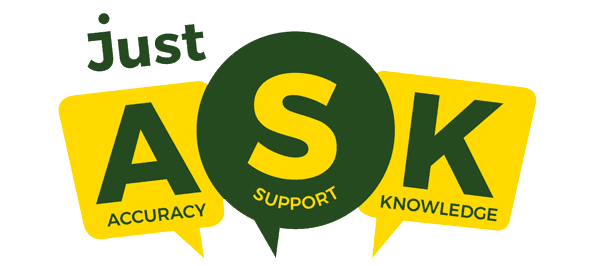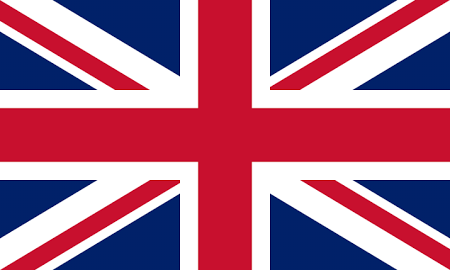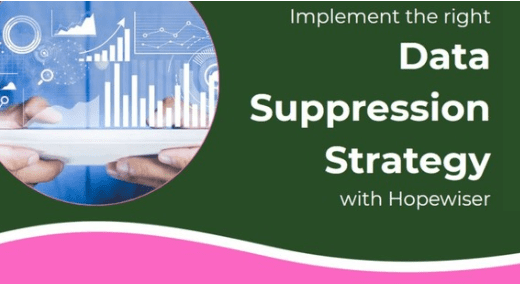Achieving a data vision is more than just a catchy slogan ensuring that your most valuable commodity is in optimum condition is essential.
To make the most of your data, you must first be confident it is clean. There are numerous ways of achieving this and many different third party data sources can be used for cleaning and verification. Some of these sources claim to do the same thing, but you need to understand exactly what they are, where they come from and which to use. Only then, can you be confident your data cleansing process is as efficient as possible.
Here, we look at the main data suppression sources that are available. The data sources you choose will depend on what you want to achieve.
Royal Mail Postcode Address File
Currently containing more than 30 million postal addresses and around 1.8 million postcodes, the Royal Mail Postcode Address File (PAF) is the definitive source for personal and business postal addresses in the UK.
It contains every delivery point in the UK and is being constantly updated. It’s not just new addresses that are added to the PAF. Postal workers submit changes all the time. In fact a total of more than 4,000 changes to the PAF are made every day. Checking your address data against the PAF means you can provide a more efficient and professional service to customers, while saving time and money.
The Goneaway Suppression (GAS)
Is a highly accurate way to find if any of your customers have moved and identifying forwarding addresses. It is sourced from various data sets originating from both public and private organisations that have received notification when someone moves in or out of a property. These could be local authorities, utility companies or commercial organisations. (GAS) was established in 1992 to reduce the instances of mailing people who had moved house and is now used for cleaning the data for more than half of all direct mail in the UK
RMG (Re-Mover Goneaway)
Is a goneaway data suppression file which contains details for more than 90 per cent of home movers in the UK. It is built using exclusive sources and includes both home owners and renters. Compiled from multiple sources (but never including ‘assumed’ data or postal returns), RMG uses data from UK property listings, changes of address notified to the financial services, retail and utility sectors, electoral roll changes, Land Registry data and social housing movers.
It contains 69 million records and includes data up to ten years old. 65 per cent of all records are unique to RMG at the time the file is released and the file is completely refreshed every month.
DBS Purifi suppression file
Contains twelve million goneaway records and was independently reported to contain more than one million goneaway records that do not appear on any other suppression file. By combining 70 million records from the DBS business-to-consumer datapool with residential property sale data, Purifi is fully up-to-date with current occupant data. Purifi includes 31 million household records, 180,000 re-location addresses, and between 50,000 and 100,000 new mover records every month.
Mortascreen (MTS)
It is essential that you identify deceased records on your database and that is the purpose of Mortascreen (MTS). All the data is verified and sourced from reliable organisations which include funeral directors, financial institutions and consumer registration services. Mortascreen does not include any unverified deaths such as mailing returns, assumed deaths due to lack of financial activity, or unverified third party deaths. It contains more than 10 million deceased records sourced over two decades. Approximately 10,000 new notifications are added each week.
NDR National Deceased Register
Alongside Mortascreen is the National Deceased Register. Similar to Mortascreen, the NDR is recognised as an accurate and reliable deceased suppression file and is used by many of the country’s leading data bureau and data processors. It is estimated that 30% of the NDR’s deceased records are unique and it contains over 80% of all UK deaths.
TBR is another highly accurate way to remove the records of anyone who has passed away. Since its inception in 2000, The Bereavement Register (TBR) has built a reputation for providing a high quality, reliable file of confirmed deceased records. The data is collected directly from the bereaved and third party sources of actual deaths. No assumed data is included. TBR captures an average of 85% of verified UK deaths.
The Mailing Preference Service (MPS) and Telephone Preference Service (TPS)
Was established in 1983 and is a free service for consumers which allows them to register their wish not to receive unsolicited direct mail. It is a service that is supported by the Royal Mail and ICO. Likewise, the Telephone Preference Service (TPS) is a free service for consumers established in 1989. It is the official opt-out register on which consumers can record their wish not to receive unsolicited marketing calls.
If an organisation sends mail or calls someone on the MPS or TPS list and the recipient complains, then the matter will be investigated. We would advise that every marketing database aimed at prospective customers is checked against the MPS and TPS on a regular basis.
These are just some of the major data sources that are used by Hopewiser. For more information visit here.
The use of suppression files is usually paid for on a ‘per hit’ basis. This means suppression list companies make more money by finding as many goneaway and deceased records as they can. So it is important to get the order of matching right.
Hopewiser has spent more than 35 years in the data cleansing market and has created routines which make clear and obvious matches, but also allow some leeway for misspellings, whilst not making matches that are ‘fuzzy’. Alongside this, Hopewiser uses the suppression files in a defined order, using multiple sources, to give the best chance possible of cleaning the data.
The deceased files are checked first, because people can move towards the end of their life, but if they have died, then there is no point trying to find out where they have moved to. Goneaways are verified next, along with potential forwarding address information and finally, any mailing preferences are checked. The files are checked in a standard order to minimise the cost to the client, but this can be amended, if certain data has more relevance.
For Hopewiser the quality of the match is always more important than maximising the number of matches. The aim is to give you a perfect view of your data and offer a range of cloud based, stand-alone software, integrations and bureau services.
We can provide the ideal combination of products and service to help you make the most of your data. Call today on 0161 924 2800.

, updated 12th February 2025.
Topic: Data Cleansing






